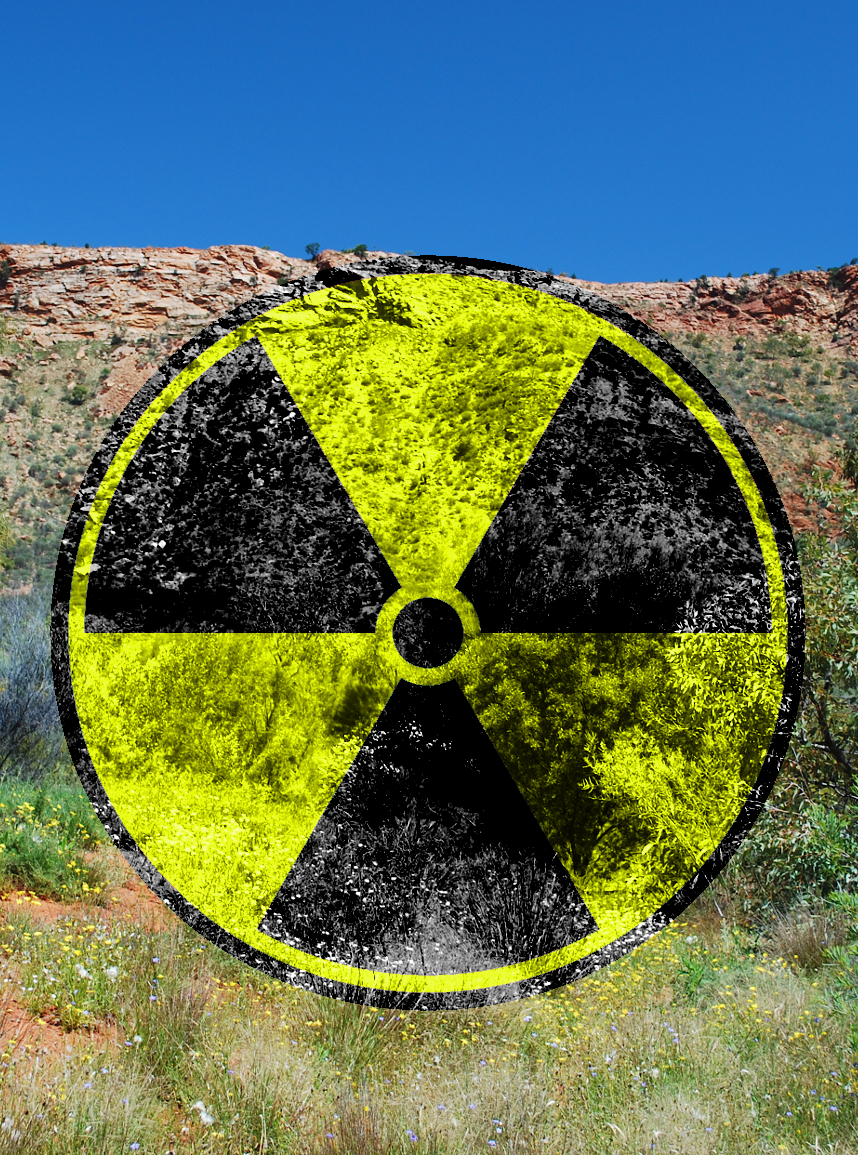Nuclear plan fleshed out
 The Coalition has announced details of its plan to introduce nuclear energy in Australia.
The Coalition has announced details of its plan to introduce nuclear energy in Australia.
The federal opposition’s announcement comes in response to what they describe as the Labor government's failing renewables-only approach.
The plan involves constructing seven zero-emissions nuclear power plants at sites of existing or former coal-fired power stations across five states.
The Coalition has, with little to no consultation, suggested the following sites for nuclear power plants:
-
Liddell Power Station, New South Wales
-
Mount Piper Power Station, New South Wales
-
Loy Yang Power Stations, Victoria
-
Tarong Power Station, Queensland
-
Callide Power Station, Queensland
-
Northern Power Station, South Australia (small modular reactors only)
-
Muja Power Station, Western Australia (small modular reactors only)
Opposition leader Peter Dutton says a Coalition government would override the states’ legislated bans on nuclear power, saying state premiers “won’t stop us”.
The Coalition says that modern zero-emissions nuclear plants can be integrated into existing grids, effectively replacing retired coal plants without the need for significant new infrastructure.
They argue this will avoid the additional costs associated with Labor’s proposed expansion of renewable energy. They plan to have the first nuclear reactors operational by 2035 to 2037.
The announcement has sparked significant criticism and raised multiple concerns.
Critics, including independent energy experts and environmental advocates, argue that the timeline for the nuclear rollout is highly unrealistic.
The CSIRO has stated that it would take at least 15 years to bring the first nuclear reactor online, not accounting for the time required to legalise nuclear energy and build the necessary policy framework.
Energy market analysts have predicted the cost of building, running, and maintaining these nuclear reactors could reach well over $100 billion, which the Coalition plans to fund with taxpayers’ money.
Concerns have also been raised about the safety of communities near the proposed sites and the management of nuclear waste.
Environmental groups have criticised the plan for potentially increasing climate pollution. They argue that nuclear reactors will not be operational until the 2040s, necessitating the continued use of coal and an increase in gas-powered electricity generation in the meantime.
This approach, they warn, will lead to higher emissions and exacerbate the impacts of climate change.
The Climate Council has labelled the plan as an “unnecessary distraction” from proven renewable energy solutions, stating that Australia already has the technology to transition away from fossil fuels without the extra cost and higher risks associated with nuclear power.








 Print
Print